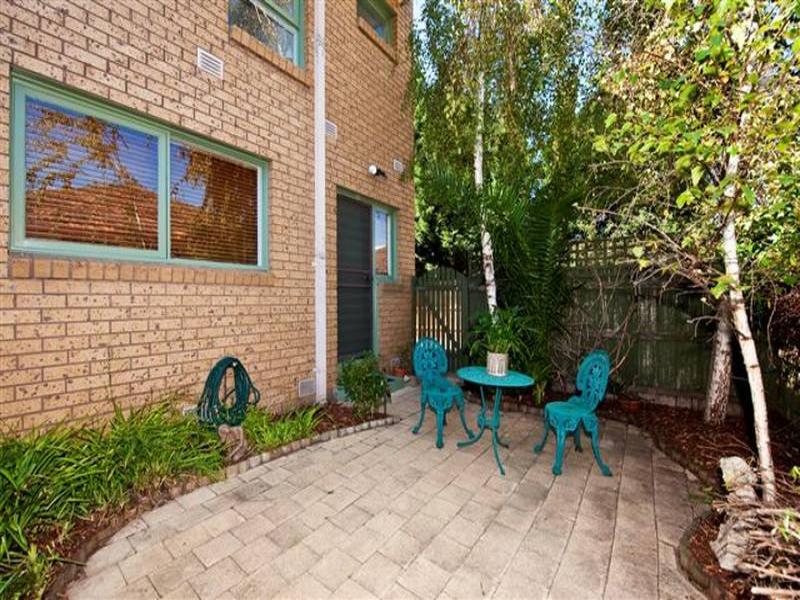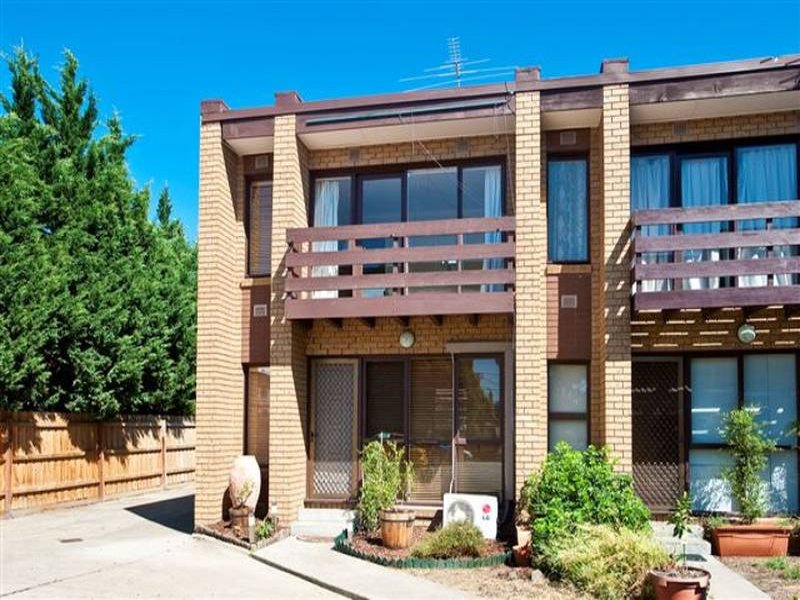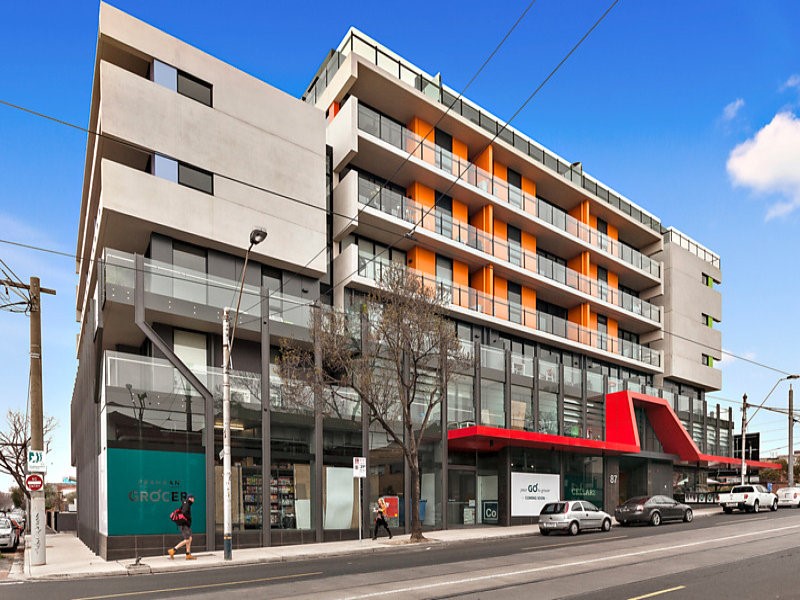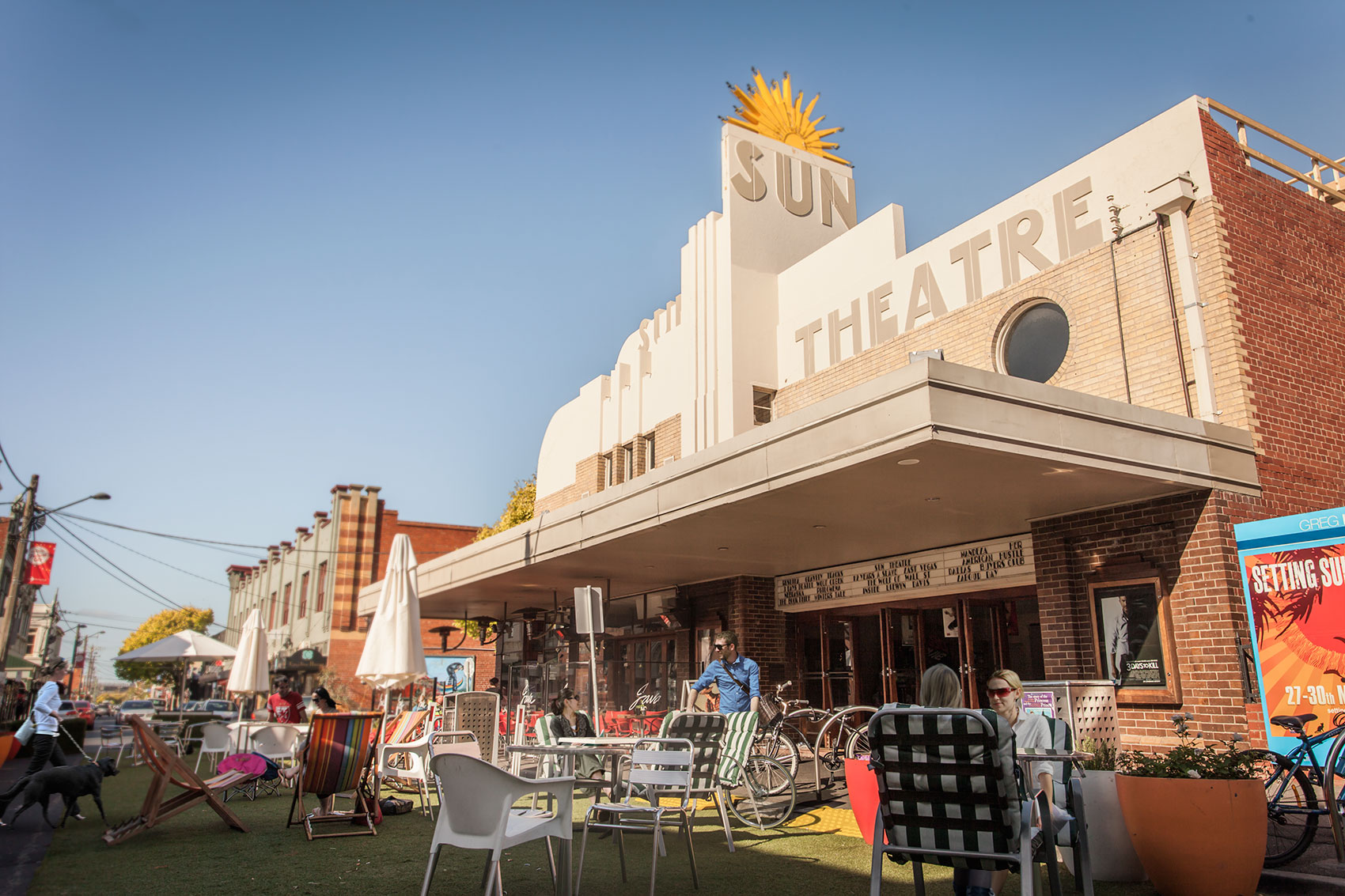Recently we had a fantastic brief to assist with for a very sensible first home buyer. Her target budget was low to mid fives, and her questions were fabulous. Should she be buying brand-new? Should she target the grant for those who buy new? Would it be better to buy in a well-established area close to the city?
What option would give her the best growth?
The answer was simple. Obviously we needed to help her find a property which would suit her needs, but in the 6-9km bands in the inner-west and north/west where she had gravitated to, plenty of options did exist. From new off-the -plan 2BR units to high calibre renovated older apartments, the list could become quite confusing for a first home buyer.
Our answer was “Land to Asset Ratio”.

 There are many important facets to consider when selecting a good property, from cash-flow determination through to understanding what growth drivers are present. One really important concept which is often overlooked by investors, planners and accountants is Land to Asset Ratio. In the pursuit of chasing ‘newness’, low-maintenance, no-renovations-required, or tax benefits (negative gearing and depreciation in teh case of an investment), many investors and others alike overlook the negative impact on the short to medium growth potential of the asset because they get the Land to Asset Ratio so wrong.
There are many important facets to consider when selecting a good property, from cash-flow determination through to understanding what growth drivers are present. One really important concept which is often overlooked by investors, planners and accountants is Land to Asset Ratio. In the pursuit of chasing ‘newness’, low-maintenance, no-renovations-required, or tax benefits (negative gearing and depreciation in teh case of an investment), many investors and others alike overlook the negative impact on the short to medium growth potential of the asset because they get the Land to Asset Ratio so wrong.
This is where Land to Asset Ratio becomes interesting. As a property investment advisor, I generally limit the L-AR to 50%.
Take an established block of land with a house on it. Let’s assume that the house is 60 years old and in original condition. It’s fair to say that the land value makes up the vast majority of the property itself and the house is not worth a significant proportion. In this case the L-AR could be around 90%.
If the house on the same block was then totally renovated to a desirable quality, the purchase price would be substantially more and the L-AR could be closer to 70%
However if the house was brand new, we’d simply add the construction cost plus builder margin to the land value and the L-AR would most likely fall below 50%.
From a capital growth point of view, the land appreciates and the buildings depreciate. However this doesn’t mean that the old original house is the premium investment. Finding a fantastic tenant who will pay a strong rental figure will be near impossible in most cases. The completely renovated 1950’s house represents a much more balanced investment because it meets the tenants’ needs in the area, will deliver a sound rental return and will still offer attractive capital growth, all the while also offering some depreciation benefits based on the internal renovations.
 When potential clients present me with brand new, high rise apartments like this example shown, a quick illustration to demonstrate the land to asset ratio usually helps steer my budding investor in the right direction. New propeerties aren’t always bad, but their capital growth prospects need to be questioned when applying Land to Asset Ratio analysis.
When potential clients present me with brand new, high rise apartments like this example shown, a quick illustration to demonstrate the land to asset ratio usually helps steer my budding investor in the right direction. New propeerties aren’t always bad, but their capital growth prospects need to be questioned when applying Land to Asset Ratio analysis.
Our acquisition of this two-story dated townhouse in one of Yarraville’s favoured pockets was a proud buy for our savvy first home buyer. At $535,000 and secured off-market by Amy, our happy client can look forward to some exciting growth thanks to her optimum Land to Asset Ratio in a premium suburb, but she can also enjoy some cosmetic renovations which will allow her to put her own stamp on her new home.
In our opinion, ‘new’ is lovely, depreciation is great, but long term, out-performance, capital growth is always better.
Photos sourced from REA and The Buckley
REGISTER TO OUR NEWSLETTER
INFORMATION
CONTACT US
1A/58 ANDERSON STREET,
YARRAVILLE VIC 3013
0422 638 362
03 7000 6026
CATE@CATEBAKOS.COM.AU

